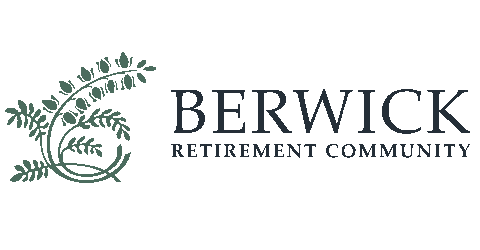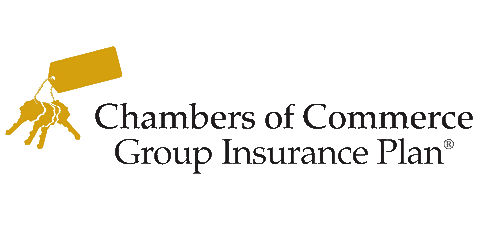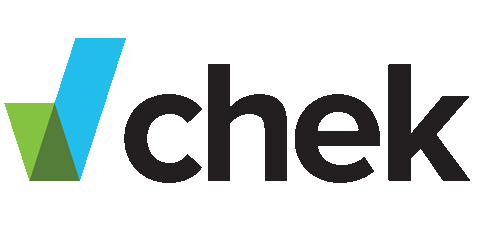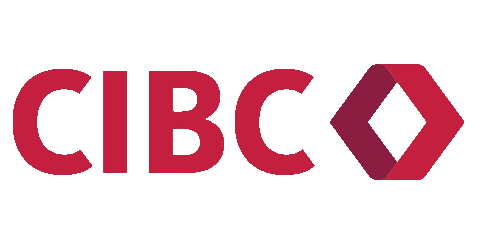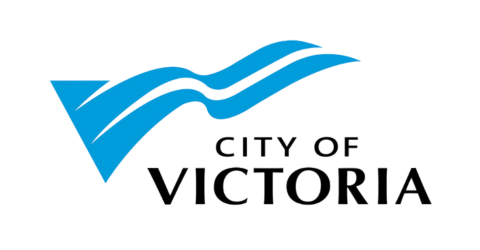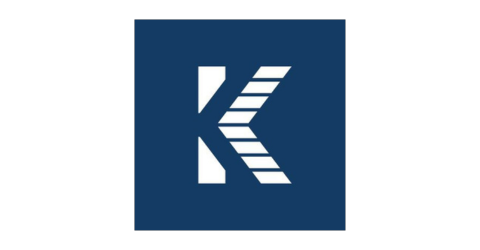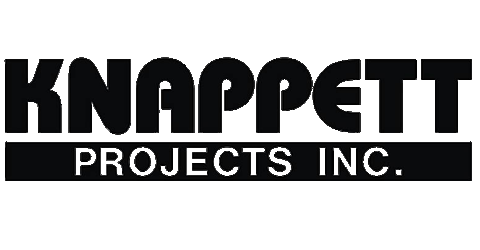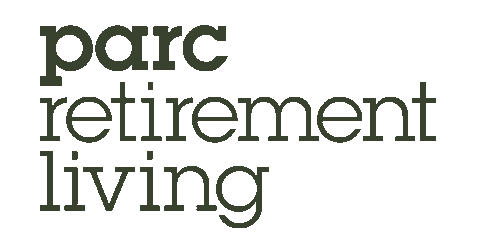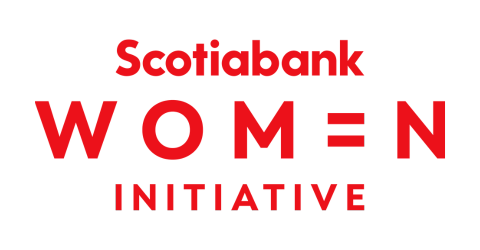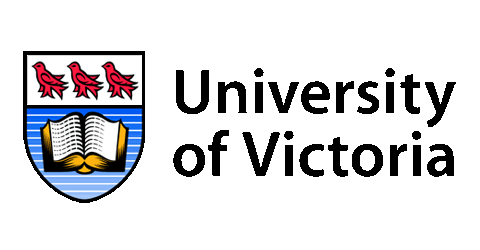I want to take a minute to address all of our Chamber members and let you know we are here for you. These are uncertain times, for sure. But we have faced uncertainty for a while now, and we understand what it takes to thrive in less than perfect conditions.
Our fundamentals are strong — as a region, as a business community and as an organization. The key is remembering what we can control and what we can’t. Around the world, there are multiple situations that want our attention. The term polycrisis has become popular to explain this state of affairs as we experience sweeping political and social change, rapid technological advancements and ongoing climate emergencies.
Right now, the elephant in the room is the threat of economic action against Canada by the new government in the United States. We still don’t know what this will look like, but we are hearing about potential responses and repercussions every day. This week, the provincial government’s Throne Speech seemed to put BC on a war footing. And, federally, we’re hearing similar rhetoric from leadership candidates seeking to be our next Prime Minister.
The barrage of headlines can feel overwhelming.
I don’t know what the future holds, but I can tell you that I continue to work with our Chamber team to improve business conditions in Greater Victoria. This includes meeting with decision makers in all levels of government, creating connections for members of our region’s business community and supporting members however needed.
Our mission holds. We will work together to build good business and great community for all.
We can take heart in the report from the Canadian Chamber’s Business Data Lab that found Greater Victoria’s economy is among the best protected in the country.
Our regional economy is resilient. We have always been leaders in championing diversity.
Our tourism, tech and civil society sectors are powerful. Our public sector has evolved in symbiosis with a thriving private sector. More recently, we have seen how championing inclusion has fortified our labour force and added creativity to our enterprises. These are pragmatic solutions representing the reality of who we are as a community. Let’s not forget that.
Taken together, our commitment to building a sustainable and resilient economy has helped us through every crisis we’ve faced in the past. And I know — when the present eventually becomes the past — we will be grateful for the strong foundation that all of us have helped build.
Let’s carry on doing our best work, stay focused on what we can accomplish and hold on to the values that make our community the envy of the world.


